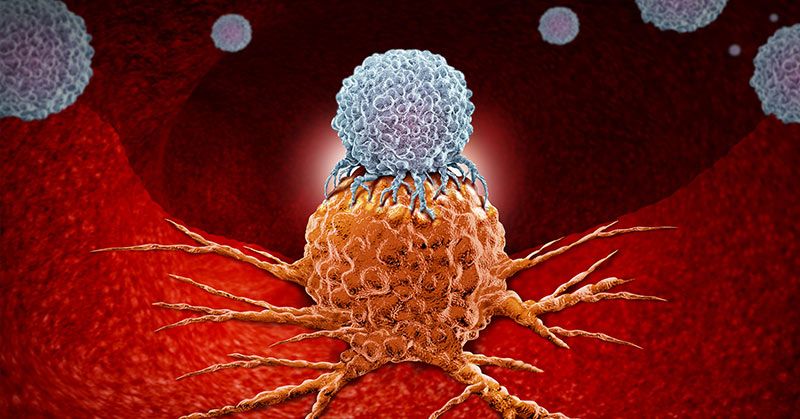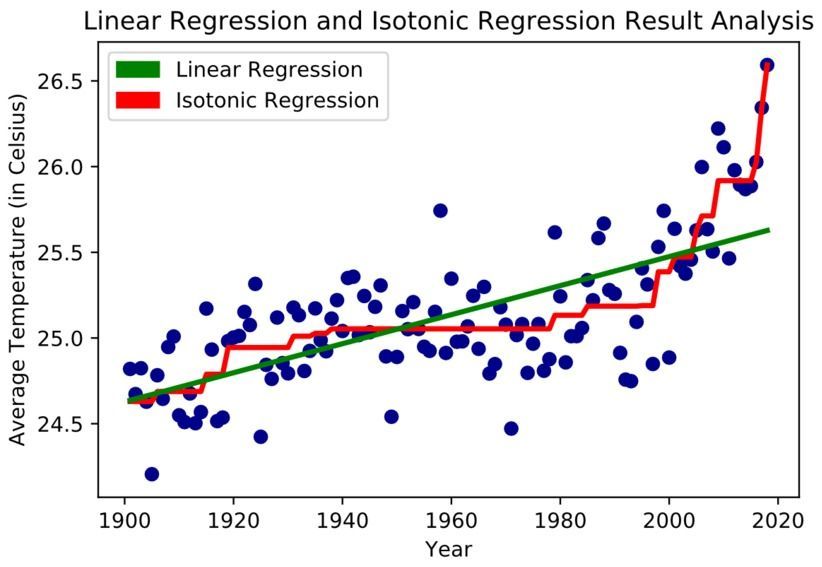Circa 2018
Higgs and Goldstone modes are possible collective modes of an order parameter on spontaneously breaking a continuous symmetry. Whereas the low-energy Goldstone (phase) mode is always stable, additional symmetries are required to prevent the Higgs (amplitude) mode from rapidly decaying into low-energy excitations. In high-energy physics, where the Higgs boson1 has been found after a decades-long search, the stability is ensured by Lorentz invariance. In the realm of condensed-matter physics, particle–hole symmetry can play this role2 and a Higgs mode has been observed in weakly interacting superconductors3,4,5. However, whether the Higgs mode is also stable for strongly correlated superconductors in which particle–hole symmetry is not precisely fulfilled or whether this mode becomes overdamped has been the subject of numerous discussions6,7,8,9,10,11. Experimental evidence is still lacking, in particular owing to the difficulty of exciting the Higgs mode directly. Here, we observe the Higgs mode in a strongly interacting superfluid Fermi gas. By inducing a periodic modulation of the amplitude of the superconducting order parameter Δ, we observe an excitation resonance at the frequency 2Δ/h. For strong coupling, the peak width broadens and eventually the mode disappears when the Cooper pairs turn into tightly bound dimers signalling the eventual instability of the Higgs mode.







